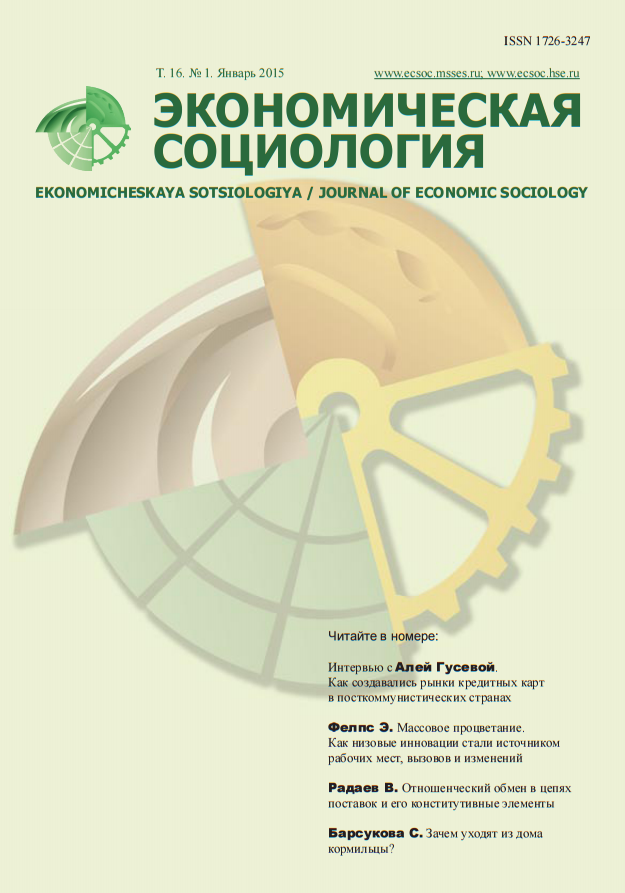Relational Exchange in Supply Chains and Its Constitutive Elements
Abstract
This paper examines theoretical issues of direct interfirm exchange in supply chains and focuses upon the relational aspect of embeddedness. Exploring insights from contract theory, marketing research, and economic sociology, we distinguish between the transactional and the relational forms of market exchange. It is assumed that real-world market exchange should not only be associated with arm’s-length ties but presents divergent combinations of arm’s-length and embedded ties. Problematizing the notion of embeddedness, we treat it as a multidimensional phenomenon. Embeddedness is shaped by a variety of relatively independent constitutive elements that may be developed (or not developed) in relation with different exchange partners or with one partner that is attached to different elements or phases of the market exchange. An original typology of dimensions that are constitutive for embedded/relational exchange is constructed. These dimensions are attached to the phases of the interfirm contract cycle as opposed to the relationships life cycle. Applying a processual view of social structure, we explore the emergence of the relational exchange elements as they result from the strategic choices made by the market sellers as they move along the cycle of contractual relationships. We also define hybrid forms of exchange as ways of coping with market uncertainty. Finally, we set up a number of hypotheses regarding the factors that facilitate the emergence of embedded/relational exchange and suggest measurement tools for the future empirical research.













